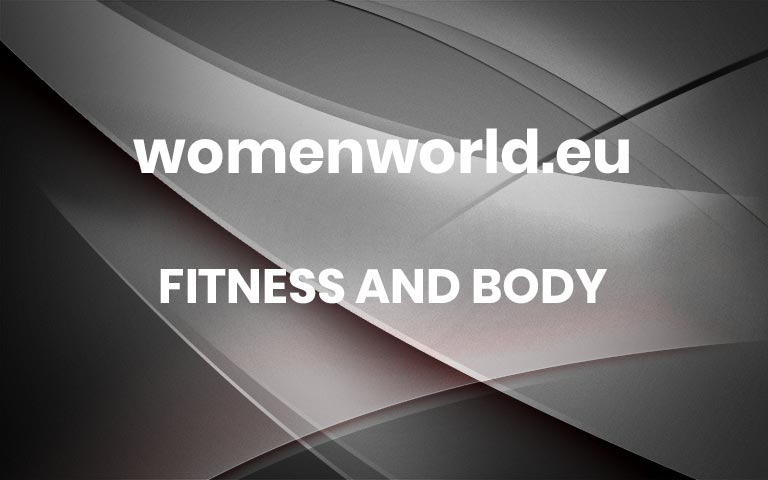Why Everyone Is Playing Pickleball Right Now—And How You Can Try It, Too
I first heard about pickleball while listening to my favorite podcast, What We Said. The hosts were chatting about how competitive they had become when playing each other with their husbands. Once they mentioned how easy pickleball was to pick up, I knew it was going to be my new hobby. I will take any chance to do an out-of-the-house activity that’s active and requires a learning curve. But first things first: I had to find a partner to play with (and learn to play, for that matter). That’s when Operation Convince My Husband to Learn Pickleball with Me commenced. Luckily, it didn’t take much for me to get him on board.
My parents conveniently own a pickleball set, so we borrowed their paddles to learn with. For our first match, we committed to trying it out for 30 minutes. Before we knew it, we checked our watches and a whole hour had passed. Within the first five minutes of hitting the ball back and forth, I knew we would both love this activity.
Now, we play about three times a week, usually on weeknights after work or on Saturday mornings to replace a gym session. I now understand why some say it’s one of the fastest-growing sports right now. Our daily lives changed a lot over the past few years thanks to COVID, and I think the popularity of pickleball is one of the best things to come out of it. Don’t get me wrong, pickleball has always been a pretty popular activity. But especially with the rise of TikTok, word spread fast about how fun and easy it is to learn. If you’d like to try pickleball for yourself, read on for some helpful info on how to play and everything you need to get started.
What is pickleball?
It’s essentially a cross between ping pong and tennis. On a smaller version of a tennis court, you and a partner (or two teams of two) use paddles to hit a plastic ball back and forth over a low net. Aside from a few specific rules (like how you serve and when to let the ball bounce first before hitting it), that’s all you really need to know to get started. You can learn more about how to play here.
To find a pickleball court near you, start with a good old Google search. We found a regional park near us that costs $3 to enter and usually has open courts. I searched for “public pickleball court near [enter your city name]” and vetted them from Google reviews.
What’s so great about it?
What I love most about pickleball is that it can be as difficult or easy as you want it to be. For now, my husband and I love just playing for fun. We try to hit the ball back and forth as many times as possible without hitting it out of bounds and don’t usually keep score. It’s just fun getting outside and being active, but I’m sure some flirty competitiveness is in our future as we get better at the game. We are still learning!
Anyone can play pickleball—it doesn’t matter what your physical capabilities are, and you don’t have to be super strong or fast. It’s really about practice and friendly competition. For us, pickleball is a fun activity to do as a couple that gets us out of the house and helps us stay active. I also love how accomplished I feel after playing at the end of a long work day, rather than sitting and watching TV.
What do you need to play?
You will need a partner to play with, as well as a pickleball set, which includes two paddles and usually a few balls. If you want to play with four people total (doubles), then you’ll need four paddles. To make learning as easy as possible, I recommend investing in a quality pickleball set because it’s easier to direct the ball with good paddles.
Ready to start playing? Grab all the pickleball essentials below.
These Feel-Good Hobbies Will Solve All of Your “I’m Bored” Woes More



